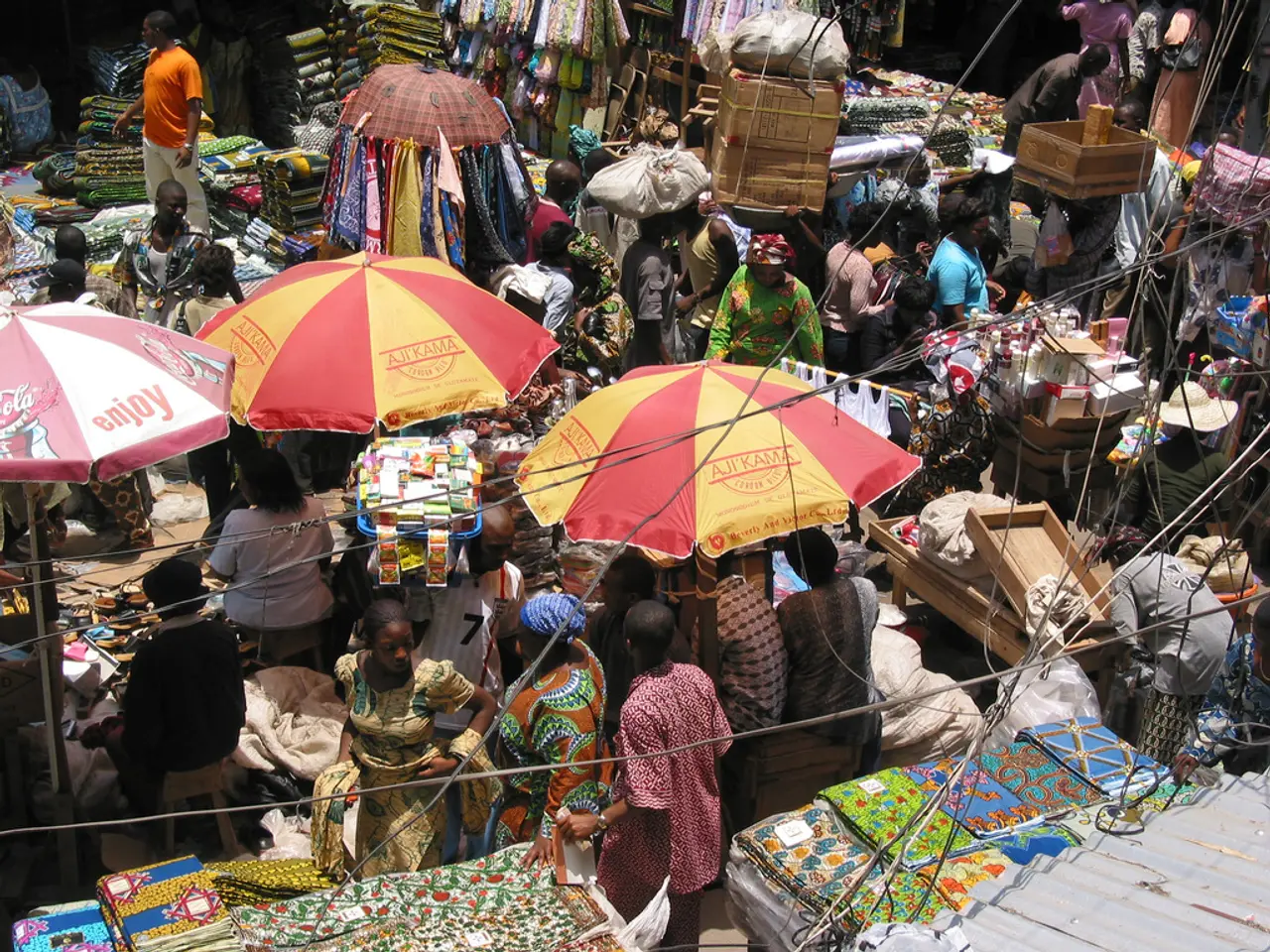Unregulated Commerce: Definition, Traits, Advantages, Disadvantages
In a free-market economy, the interplay of market demand and supply determines prices, signalling producers to adjust their production levels. This economic system, characterised by minimal government intervention, individual freedom, and competition, is practised by many developed countries, albeit not in its purest form.
Five countries—Singapore, Switzerland, Ireland, New Zealand, and Australia—stand out as leading examples of free-market economies that balance minimal intervention with the protection of individual property rights and antitrust enforcement.
Singapore and Switzerland, consistently ranked among the most economically free countries globally, boast minimal barriers to business and robust legal protections for property and contracts. Ireland, with a low corporate tax rate, open markets, and strong institutions, attracts investment and supports entrepreneurship. New Zealand offers a transparent regulatory environment with low entry barriers for entrepreneurs, strong protection of property rights, and a culture that supports innovation and free trade. Australia operates a largely market-driven economy, balancing some social programs with capitalist economic foundations.
These economies prioritise the rule of law, enforcement of contracts, and antitrust regulation to maintain fair competition without heavy-handed intervention. By doing so, they align with free-market principles that discourage monopolies and protect voluntary exchange.
In contrast, countries like the Nordic/Scandinavian nations have free markets but also significant state involvement, softening the pure free-market model.
While a free-market economy offers numerous benefits, it is not without its risks. Market failure can lead to dire consequences, such as the Great Depression of the 1930s and the real estate market crash of 2008. Large companies can enjoy an advantage over small producers due to easy access to capital and labour. The profit motive, while driving innovation and efficiency, may also lead to negative externalities, such as air pollution and greenhouse gas effects.
In a free market, individuals exchange resources voluntarily, aiming to make themselves better off by buying lower-value resources and selling higher-value resources. Financial markets are crucial, facilitating financing needs and providing means for goods and services exchange. Free competition, characterised by individuals and companies free to compete, is a cornerstone of a free market, with the government ensuring fair competition through antitrust laws.
However, the profit motive can lead to harmful attitudes towards resources, including labour and natural resources, compromising workers' safety, ignoring environmental standards, and ethical behaviour. Producers need to find a balance between the price point and cost, including the cost of differentiating products.
In a free-market economy, consumers drive choices, evaluating products and deciding which ones offer the best value. Entrepreneurs rarely rely on government agencies to inform them of consumer needs.
In conclusion, the countries mentioned serve as leading examples of minimally interventionist, property-rights-respecting, and antitrust-enforcing free-market economies today. These economies strike a balance between the benefits of a free market and the need for regulation to protect individual rights and promote fair competition.
Finance and investing are important aspects of these free-market economies, as they rely on financial markets to facilitate financing needs and enable goods and services exchange. For instance, Ireland, with its low corporate tax rate, attracts significant investment, supporting entrepreneurship in this area. (Finance, investing)
Moreover, countries like Singapore and Switzerland, recognized for their economic freedom, have developed robust legal protection for property and contracts, making them attractive destinations for those involved in business and investing. (Business)




